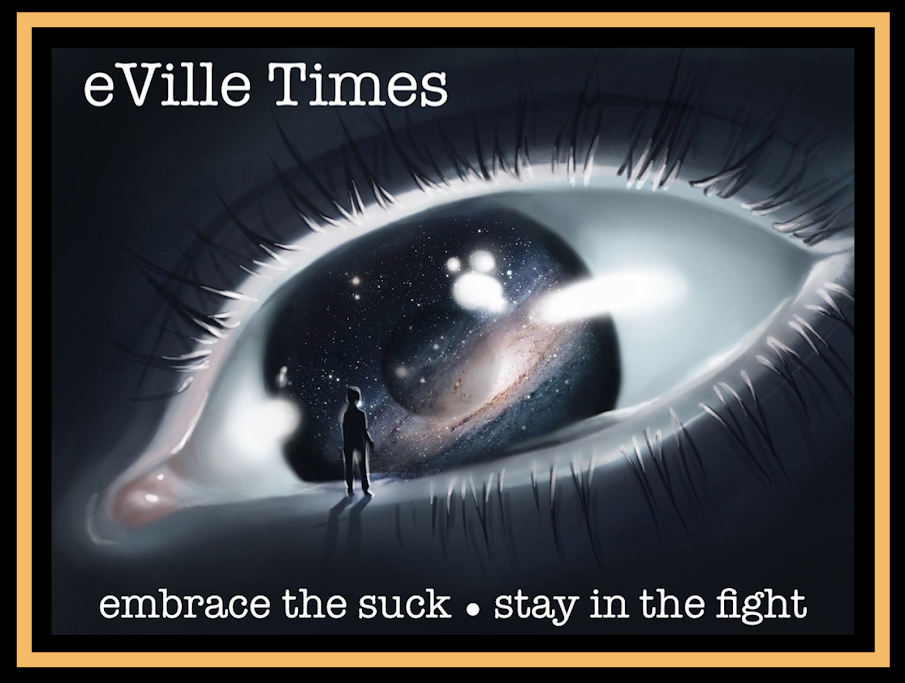...but yeah - it's the gun.
These attacks are always heart-wrenching. But they’re not surprising anymore — neither the massacres themselves nor the weapons used to carry them out. Ten of the 17 deadliest mass killings in the United States since 2012 involved AR-15s. The names of the towns and cities where these tragedies took place have become familiar: Newtown, San Bernardino, Las Vegas, Parkland, Uvalde and beyond. The Post chronicles the journey this now-iconic rifle took from military-issued firearm to off-the-shelf bestseller, and underscores the danger in the public’s embrace of a weapon the Defense Department once lauded for its “phenomenal lethality.”
“I don’t know why anyone needs an AR-15,” President Donald Trump reportedly told aides in August 2019 after back-to-back mass shootings in Dayton, Ohio, and El Paso. There’s no good answer. The AR-15 was designed for soldiers, yet its associations with warfare eventually became a selling point for everyday buyers. “Use what they use,” exhorted one ad displaying professionals wielding tactical rifles. Now, about 1 in 20 U.S. adults own at least one AR-15. That’s roughly 16 million people, storing roughly 20 million guns designed to mow down enemies on the battlefield with brutal efficiency. Two-thirds of these were crafted in the past decade — and when more people die, popularity doesn’t fall. Instead, it rises.
The AR-15, The Post explains, is materially different from traditional handguns. The rifle fires very small bullets at very fast speeds. The projectiles don’t move straight and smooth through human targets like those from a traditional handgun. Their velocity turns them unstable upon penetration, so that they tumble through flesh and vital organs. This so-called blast effect literally tears people apart. A trauma surgeon notes, “you don’t see the muscle … just bone and skin and missing parts.” Another mentions tissue that “crumbled into your hands.”
A Texas Ranger speaks of bullets that “disintegrated” a toddler’s skull.
This explains the lead poisoning that plagues survivors of the shooting in Sutherland Springs, Tex.; David Colbath, 61, can scarcely stand or use his hands without pain, and 25-year-old Morgan Workman probably can’t have a baby. It explains the evisceration of small bodies such as that of Noah Pozner, 6, murdered at Sandy Hook Elementary, and Peter Wang, 15, killed at Marjory Stoneman Douglas High. The Post examined the way bullets broke inside of them — obliterating Noah’s jaw and Peter’s skull, filling their chests with blood and leaving behind gaping exit wounds.
Even thinking about these injuries is horrifying, so much so that crime scene photos are often kept confidential. But the gruesome reality of what an AR-15 can wreak poses an argument in itself: There is no excuse for the widespread availability of these weapons of war.
No single action will stop mass shootings, much less gun violence more generally. The Post’s reporting is only more evidence of the need for a ban on assault rifles. It’s evidence, too, of the need for a ban on high-capacity magazines. Rules restricting how many rounds a gun can fire before a shooter has to reload are more difficult to skirt than flat-out assault rifle bans, which sometimes prompt manufacturers to make cosmetic changes that will reclassify their products. A number is a number. These prohibitions might face legal challenges, but lawmakers in four states have recently added caps. More should follow.
Think of Sutherland Springs, where the shooter, armed with a Ruger AR-556, got off 450 military-grade bullets within minutes, killing 25 people including a pregnant woman. Think of Dayton, where the gunman needed only 32 seconds to hit more than two dozen people with 41 bullets. That’s because he was equipped with a 100-round drum magazine. Even a 30-round magazine — the industry standard these days — would have forced him to reload at least once. A 15-round magazine would have forced him to reload twice. The Post’s analysis of the time this would have taken reveals the lives it could have saved: potentially six of the nine who were killed, in the case of a 15-round magazine.
Think, in contrast, of Poway, Calif., where a gunman killed one person at a synagogue and injured three others with a 10-round magazine before running out of bullets. Members of the congregation moved to confront him as he fumbled with another magazine, and he fled. Children who survived Sandy Hook told their parents they ran away while the assailant was “playing with his gun.” What they’d seen was plain enough. The shooter had stopped to reload.
The AR-15 has become a cultural symbol. But what kind of culture tolerates death after death after 10 murders — or after 27, or 49, or 60? Respect for the Second Amendment doesn’t require standing by while 6-year-olds are torn to shreds. The nation needs to act on guns. The AR-15 and weapons like it are a good place to start.
And of course, the Asshole Chorus goes immediately for the smoke screen, trying to make it about anything other than our fucked up American Gun Fetish.
People can be disgusting.

















